Will It Float? Turning the TI-Innovator™ Rover Into a Robot-Boat
Science teacher Alexandre Gomes likes to think “out of the box,” and nothing pleases him more than to tinker with a device to make it do something more than what it was designed for. Why not turn the TI-Innovator™ Rover into a floating measuring station, for example? Gomes and five of his students at the Portuguese Oliveira Júnior school put their sailing caps on and adapted the device for movement on water. Their robot-boat earned third prize in the national Junior Atlantic contest where ocean sustainability took centre stage.
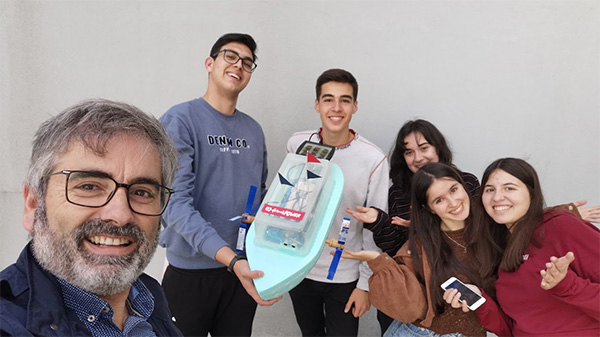
If you are a science teacher, you are probably familiar with the TI-Innovator™ Rover as a teaching tool. Students learn to write programmes to instruct the robotic vehicle to follow a track, for example, or use the remote sensor to park between cars.
Compared to these relatively simple tasks, moving the Rover from dry land onto water is a bit of a departure. It did not deter teacher Alexandre Gomes and his students. They developed a miniature robot-boat which runs on solar energy and monitors ocean water quality using sensors to check temperature and pH levels.
Construction and paddle wheels
First off, the team had to make sure the Rover could move on water. This required some engineering and designer skills. The students used TI-Nspire™ CX software to define conditions, such as ascertaining the centre of gravity, and carried out a dimensional analysis.
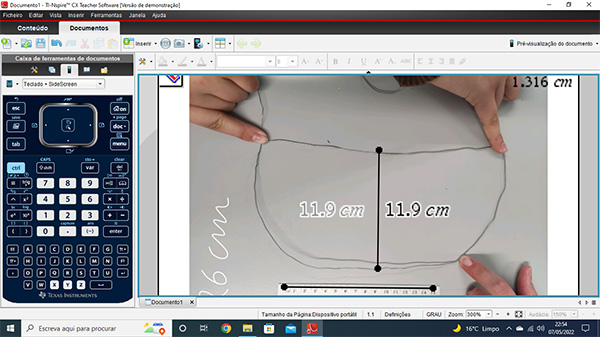
Insulation foam was used to make the boat and keep it afloat, while a waterproof Rover-shaped space was devised to keep its wires dry. “The students did some initial simulations, and when they were convinced it was safe enough, they added the Rover. That was a scary moment. Everyone knew that if the Rover came into contact with the water, it would not be so good,” Gomes said. Once the boat was safely afloat, the students had to tackle the next step. They needed to add paddle wheels to make the Rover move. To do this, they had to take the device apart. “A good lesson in engineering,” Gomes said.
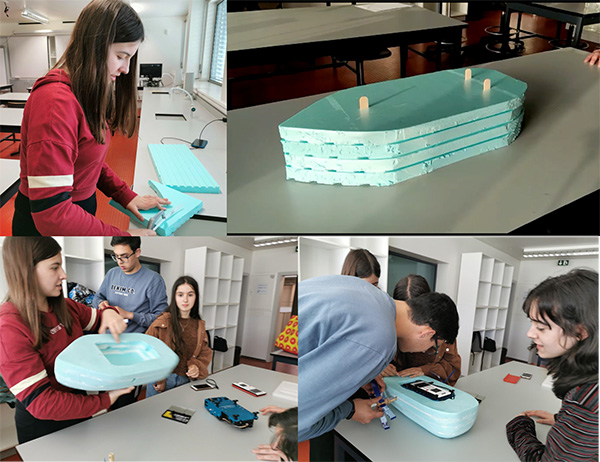
Several sub-projects
The project was divided into several sub-projects, Gomes explained. To start with, the students, who dubbed themselves the OJ-(clean)POWER team, had to get the spot detection to work. “This meant the RGB LED sensor on the Rover would blink in response to the colour sensor detecting a strange colour that might indicate there could be pollution. In this way, they created a monitoring tool to research the quality of the water. They also used the remote sensor to avoid obstacles. Coding was done in Python throughout the project using TI-Nspire™ CX II-T graphing calculators and software. They also used Vernier sensors to measure pH and temperature to see how values evolved over time,” he said.
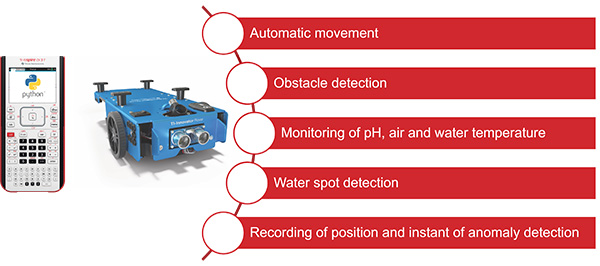
Problem-solving
“Getting the Rover to work on water, the students encountered several problems,” Gomes said. Obstacle detection proved challenging, for instance. He continued: “If the ranger detector senses anything lower than a certain point, it tells the Rover to stop immediately. When the Rover is on water it will stop, but the boat will still be in motion. So, the team had to solve this. The students came up with an instruction in their code that the movement would stop and that the paddle wheels would start to turn backwards. This shows how a project like this helps students to use their problem-solving skills!”
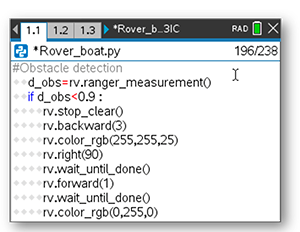
Collecting data
When the Rover was floating properly, the students focused on data collection. “The team created a sensor alarm,” Gomes explained. “They had to determine the normal state of the environment and define the boundaries for the sensors. They created a routine so the data would be automatically added to a spreadsheet. So, all information on, for instance, temperature and acidity would be measured and logged, stating when, where and how the event occurred.”
Most challenging part
Before this project, this group of students did not have any experience with programming in Python. Gomes said, “Learning to code seemed very natural to them. They understood quite quickly how it worked. It helps that you don’t have to know all the code. Programming in Python with the TI-Nspire™ CX technology enabled students to really explore the menu.”
It came in handy that they were already familiar with measuring and collecting data via sensors, something they use during chemistry classes, for instance. “I think the most challenging part for them was probably the actual building of the boat! For this project they had to open the Rover to make the adjustments, and some students didn’t know how to use a hammer or a screwdriver. It’s funny to see that digital is everything to them, but that these simple tools frustrate them. But in the end, I was very impressed with the result of the boat. They made it and they can be proud of a job well done,” Gomes said.
New opportunities
Although this project is finished, Gomes sees opportunities to take the STEM project further. “The next steps for the project would be to add a mechanical conveyor for the collection of plastics and other waste. Also, the spot-detection algorithm on water needs some work. The RGB sensor of the Rover is placed just above the surface. For better results we would have to add an insulated cable and place it under water.”
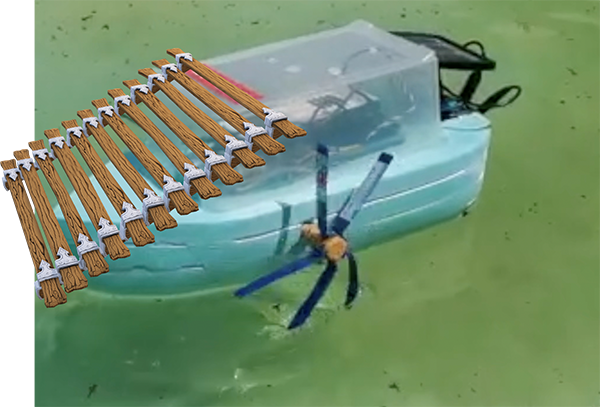
Fun to explore
Gomes is proud of what the OJ-(clean)POWER team has achieved and is looking forward to upcoming projects. He said, “The value of these kind of projects is that students learn important problem-solving skills. Apart from programming, they learn to be hands-on and creative at the same time, which is very educational as well. During this project we learned that the TI-Innovator™ materials are durable and versatile. My students were afraid they would break the Rover, but I told them I would take responsibility so they could experience the fun of exploring things stress-free! And the next time they spot a screw, they will probably be able to take it out!”
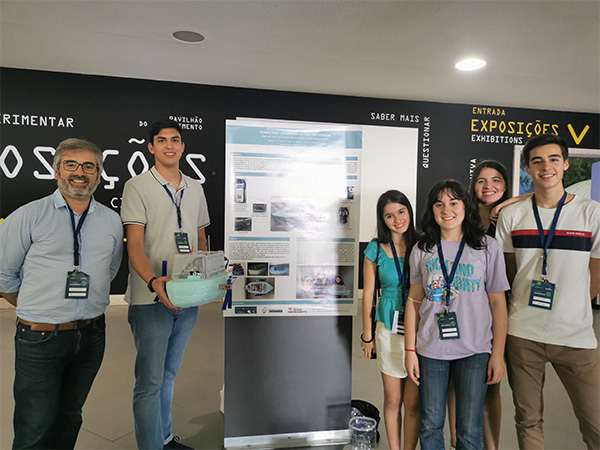
-
Learn more about the OJ-(clean)POWER team's success on their way to the Junior Atlantic contest in this video.
